Ancient forests kept Earth’s climate under control
23 January 2014
Carbon dioxide is a gas that acts like a big blanket over the Earth. It traps heat, keeping us warm. While too much carbon dioxide in the atmosphere can cause the Earth to get too hot (like what is happening at the moment with global warming), not enough carbon dioxide in the atmosphere can cause the Earth to cool down too much, which would be bad for plants and animals. In the last 24 million years, conditions on Earth meant that there might have been very low levels of carbon dioxide in the atmosphere – levels that could have led to very cold conditions, but did not. Scientists have been asking why this was, and a team of researchers in the UK may have now found an answer. Before humans burnt oil, coal and gas for energy, nature kept carbon dioxide in the atmosphere under control. Volcanic eruptions, for example, release carbon dioxide, while weathering (breaking down rocks through natural processes like wind and rain) removes it from the atmosphere and stores it in other rocks, soils and the oceans over millions of years. Forests increase weathering rates because trees, and the fungi associated with their roots, break down rocks and minerals in the soil to get nutrients for growth. But British scientist Joe Quirk and his team recently found that when there is less carbon dioxide in the atmosphere, trees and fungi aren’t as good at breaking down minerals. This means that the weathering slows down, and more carbon dioxide is left in the atmosphere, allowing the Earth to stay warm. So why is this important to us? Joe explains: “our study makes an important step forward in understanding how Earth’s complex plant life has regulated and modified the climate we know on Earth today.”Find out more
How do fungi break down rocks?
The fungi that live on tree roots are called Mycorrhiza, and they work with the trees to make each other’s food. The Mycorrhiza feed the tree nutrients (food) from the soil and the tree gives the Mycorrhiza some of the carbon it creates from photosynthesis. These fungi are very small and thin and can fit everywhere. If you took the tiny strands out of only 1 kg of soil and laid them end to end, they would measure 200 km! The fungi are also very strong: they can bend mineral fragments in soil or rock. Once the fungi have bent the minerals, they start taking out the important nutrients – like potassium – and passing them to the tree. This makes the minerals even weaker, so they break down into new minerals – the ones that make up soils.
Print version
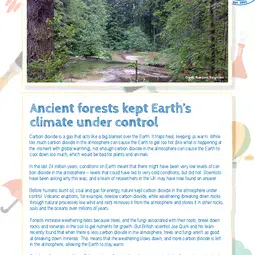
This is a kids' version of the EGU article: 'Ancient forests kept Earth’s climate under control'. It was written by Jane Robb and reviewed for scientific content by Sam Illingworth and Frederike Wittkopp and for educational content by Abigail Morton.
Translations
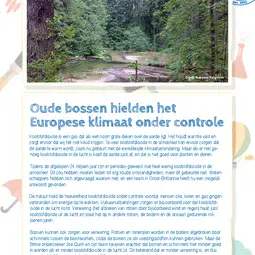
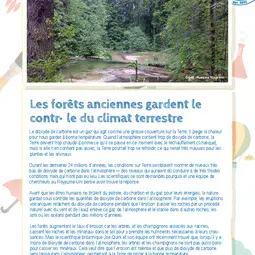
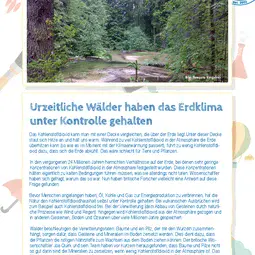
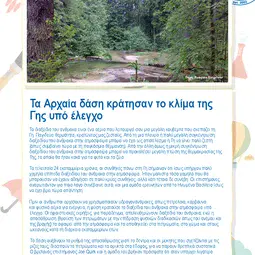
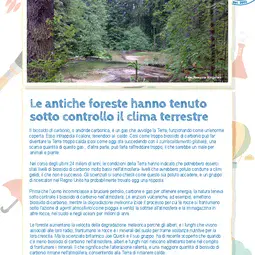
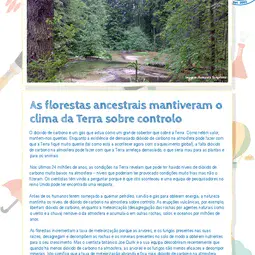
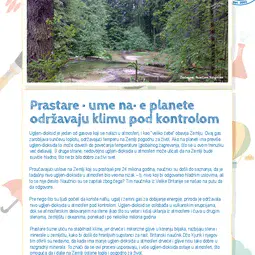
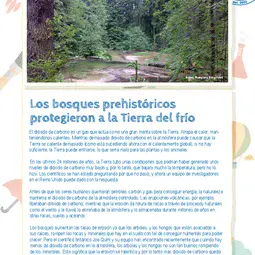
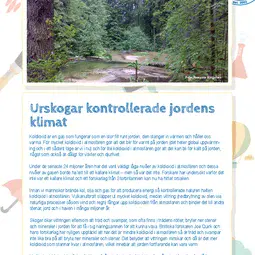
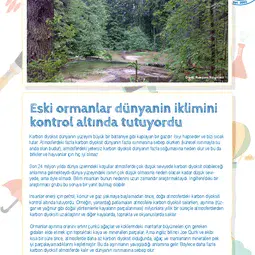
All English-language Planet Press releases are carefully edited, reviewed and proofed, by scientists, educators and EGU staff. Please note that once translated, Planet Press releases receive no further checks from EGU staff. For this reason, we cannot guarantee their accuracy, though we trust the quality of our voluntary translators and are grateful for their work.

